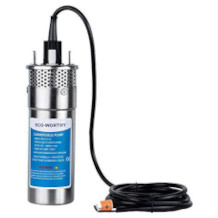Garden hose purchasing advice: how to choose the right product
- What You Need to Know
- A garden hose should not be so rigid that it is difficult to roll up, but neither should it be so soft that it kinks when it forms loops.
- Flexible hoses are made so that they do not kink and shrink to a third of their length when not in use.
- Nozzles with numerous spray functions as well as different widths of inner diameter are suitable for different applications.
- Drip and bead hoses are ideal for targeted and even watering of beds.
An indispensable garden tool
If you have a lawn or flower and vegetable beds on your property, you are well advised to use a garden hose for watering if you do not want to run off several times with a watering can. The practical utensil can be found in different lengths and designs to suit every garden. You can use it not only to water lawns and flower beds, but also to clean dirt from vehicles and garden furniture, or to give yourself or your children a summery cool-down with the spray function.
What matters when buying
Manufacturers of garden hoses offer their products in various designs, which differ in length and material, among other things. Make sure you choose a type of hose that is suitable for your needs. Not every model, for example, can handle high water pressure or connect to parts made by other manufacturers.
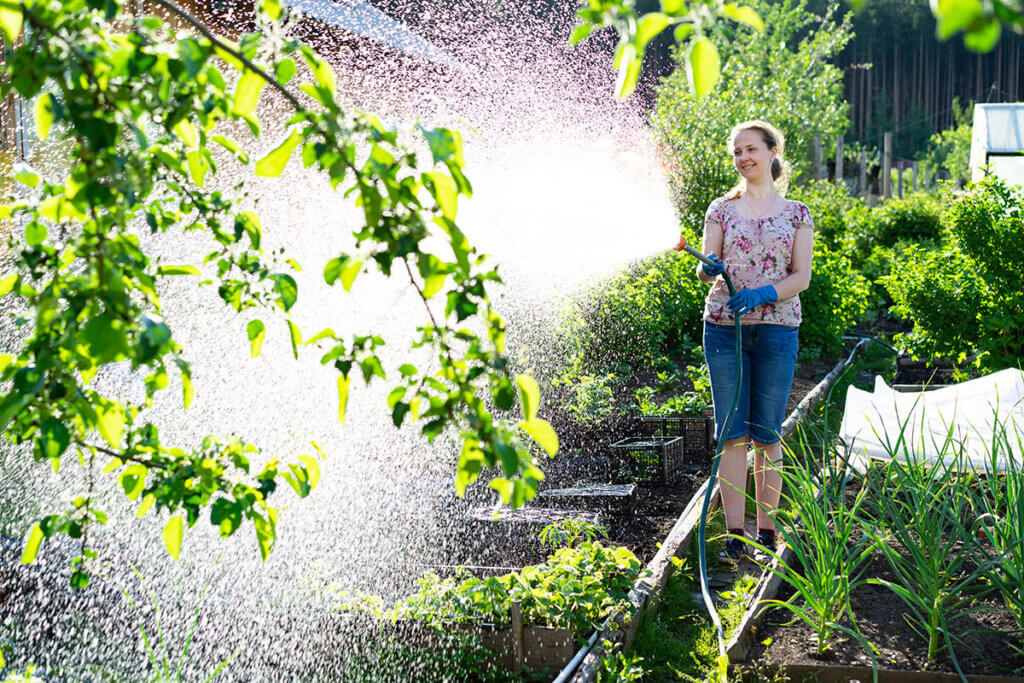
Length of the hose
When watering your garden, you should measure in advance the distance from the water connection for the garden hose to the furthest point that needs to be watered. You can still cover a few metres with the water jet, depending on the pressure, but don’t plan too close. It is better to buy a hose that is a few metres too long than not be able to reach everything in the end. Whether 5 or 50 metres – most models are available in different lengths. Alternatively, you can join individual sections of hose together with connectors. To connect the hose to a tap, you need a valve. Make sure that these devices are compatible with the diameter of your hose.
Robust material
Sometimes the garden hose has to withstand rough treatment: It gets pulled on, chafes against house corners, drags across gravel ground or gets caught on garden tools and toys lying around. It is therefore important that it has a hard-wearing cover. Good hoses have several layers, some even up to five. The innermost part is usually made of rubber and is very smooth so that water can flow through it without resistance. While a layer of fabric in the middle part provides stability, the outer layer has to withstand rough treatment.
However, if the hose is damaged, this does not necessarily mean that you have to throw it away. Check it regularly for holes or small tears to keep wear to a minimum. Such damage can be wrapped tightly with fabric tape – also known as duct tape. A small hole in the garden hose can also be quickly sealed with a bicycle patch. In this case, however, the maximum pressure of the hose may be reduced in the future. The more often the hose is patched, the higher the risk that it will no longer withstand high water pressure. At the latest then you should think about buying a new one.
How to patch a hose
If you use a bicycle patch, the procedure for a garden hose is identical to that for a bicycle hose. First, clean the area around the hole thoroughly, then roughen it with a piece of sandpaper. Then apply the vulcanising paste included in the bicycle repair kit; thanks to this, the tube and patch will bond quickly. Allow the paste to dry for about three minutes and then apply the patch firmly and evenly.
Watch out for harmful substances
Whether made of rubber or PVC, garden hoses are not always free of harmful substances. Some manufacturers use phthalate plasticisers in particular. In this case, you should not use the hoses to water vegetables, as the pollutants can penetrate the soil and be absorbed by the plants. You should also use pollutant-free hoses to fill a paddling pool. If you are unsure, consult the manufacturer’s instructions.
Nozzle with many spraying functions
At the end of the garden hose, the nozzle ensures that the water lands precisely where you need it. Classic designs can be turned on the handle to change the dispersion of the water jet. For example, you can focus it on a small area, such as at the base of a young tree, or use a wider stream to water a larger bed. Some of the newer nozzles have up to ten different spray settings that shoot the jet in different ways from several orifices. A solid jet clears the garden furniture of the winter’s dirt or the bicycle of dried mud. A fine spray, on the other hand, is good for wetting delicate plants with moisture.
Working under pressure
When buying a garden hose, make sure you know what maximum water pressure it is rated for. The water pipe at the house works at a pressure of about four to six bar, which is no problem for the common garden hose; about ten metres can be covered with one bar of pressure. If you use a garden pump to draw water from a well or pond, make sure that the hose is suitable for this. Usually such a pump works with considerably more pressure. There are garden hoses that can withstand water pressure beyond 25 bar.
In this context, the inner diameter of the garden hose is also important. The most common dimensions are half an inch (½”) and three quarters of an inch (¾”), which corresponds to about 13 and 19 millimetres respectively. The wider version is better for filling pools and garden ponds, or even if you are burying the hose as part of an irrigation system. The wider the hose, the more water will flow through it under the same conditions.
Flexible hose – the garden hose revolution
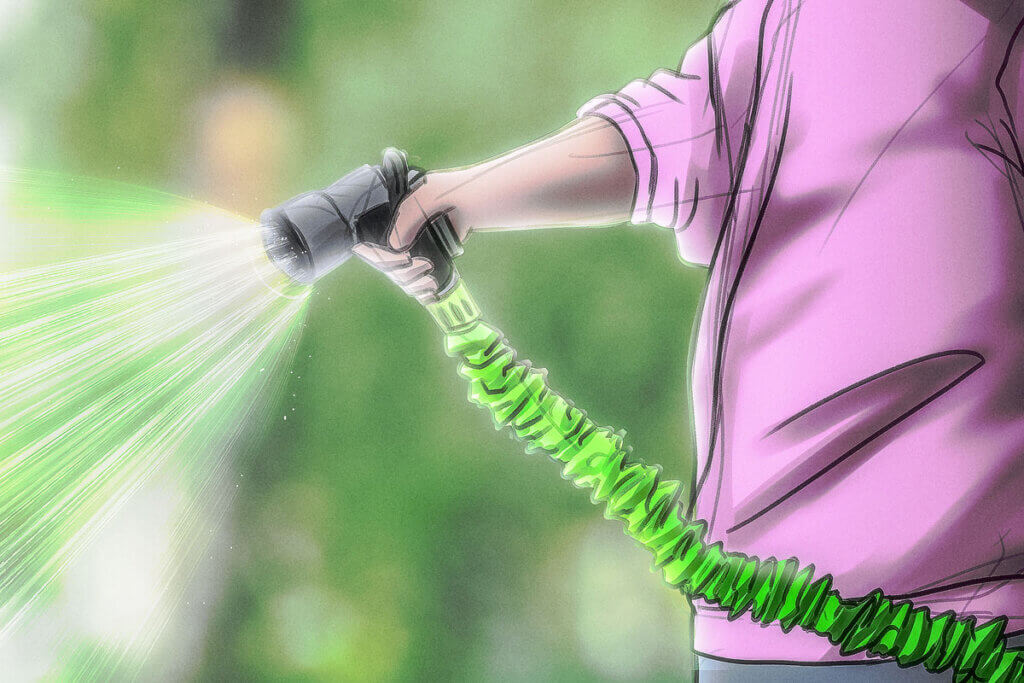
In contrast to conventional garden hoses, the so-called flexi hose offers several significant advantages. The decisive factor is the material that makes the hose easier to handle, for example a cover made of textile fabric and a hose interior made of latex. This means that it does not get twisted and knotted. Visually, it is distinguished by its surface texture, which is corrugated or sometimes looks crumpled when the hose is not in use. When water flows through it, it expands up to three times its original length; when the tension is released, the hose shrinks back to its original length. In this state, it is easier to fold or roll and takes up less space. Flexi hoses are designed to resist kinking, so water will not pool.
Disadvantages of the flexible hose
The disadvantage of these new types of hoses is that they can only withstand water pressure in the single-digit bar range. They are therefore not suitable for use in combination with a garden pump. In contrast to the smooth surface of a conventional garden hose, residues of mud and soil can easily accumulate in the folds of the flexi hose and possibly get into the garage or garden shed.
Other forms of irrigation hoses
Drip hoses and bead hoses are suitable for even watering, especially of vegetable beds laid out in rows. These supply plants with water slowly and evenly. You can lay these hoses individually and place them directly at the plants. Due to the porous nature of the bead hoses, the water escapes slowly and penetrates directly into the soil. In this way, the soil in the immediate vicinity is always kept moist without the water standing.
The function of the drip hose is similar, except that the water escapes in drops at certain points. This is particularly practical for targeted watering of individual plants. Just as with the bead hose, in this case the water also penetrates directly into the soil without being wasted or soil being washed away. In both cases, leaves and flowers remain dry. As a result, they do not run the risk of being burnt by the sun’s rays.
Another specific garden hose is the spray hose, also called a hose sprinkler. This is particularly suitable for evenly watering large lawns. It has small holes from which the water comes out at high pressure in a fine spray, similar to a sprinkler.
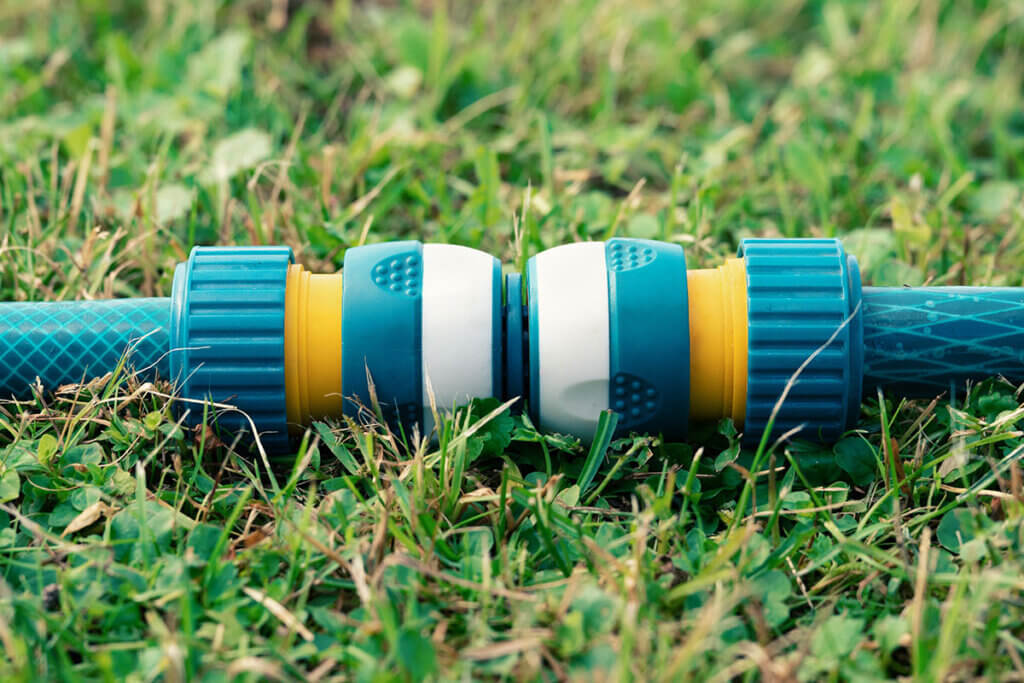
Irrigation system also possible underground
Laying a drip or bead hose long-term – or at least over the summer – in the form of an irrigation system is a practical and time-saving solution, as you don’t have to roll it up and down every time you use it. Laid above ground, however, it can be a tripping hazard; when mowing the lawn, for example, it quickly becomes an obstacle.
Alternatively, you can bury the hose; a depth of five centimetres is sufficient for the water to reach the roots of the plants. In this case, the device is also protected from sunlight and less susceptible to frost. The disadvantage is that the hose is not so easy to clean and it would be very time-consuming if it had to be moved somewhere else.
Hints for handling
If you use the garden hose regularly, winding and unwinding it every time and dragging it all over the garden, it should not make things any harder for you. Hoses that twist make for annoying fiddling when you roll them up. If they kink too easily or form tight loops, the water flow is disturbed or even interrupted. Therefore, the garden hose should not be made of too soft a material. If it is already very prone to kinking without water pressure, you should be sceptical.
Hose reel
A useful companion for gardening with a hose is a suitable hose reel or hose cart. The garden hose is rolled up on this. This makes it easy to carry or pull. When using it, you only unwind as much as you need. You can also make sure that the hose does not kink. With the crank attached to the reel, you roll up the hose again quickly and cleanly. You can then hang the complete combination on a hook on the wall in the garage or summerhouse.
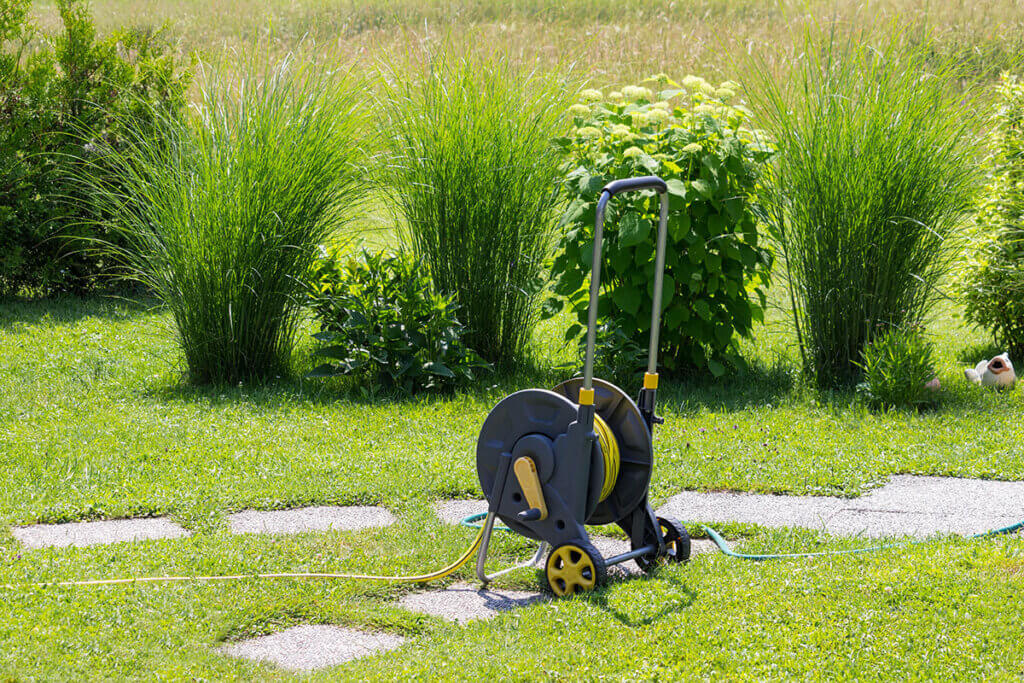
Weatherproof storage
Both too hot and too cold temperatures are not good for the material of the garden hose. Make sure it is UV resistant; otherwise the rubber cover inside may swell if the hose is left in the sun for too long. This will also damage the outer sheaths and the hose may leak at this point. The unit should therefore be left in the shade if you do not put it away again.
Over the winter, ideally hang the hose in a frost-free place so that the material does not freeze and become brittle. There are also special devices for this, such as a roll-up bracket for walls. Before doing so, make sure that there is no water residue inside that could freeze and cause damage.

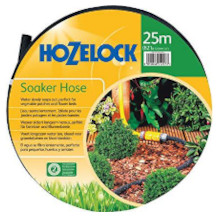
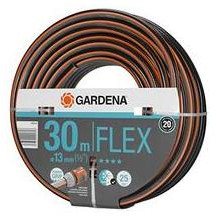
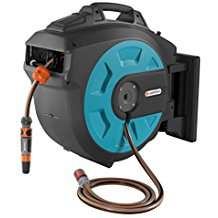
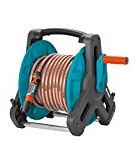
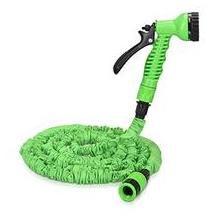
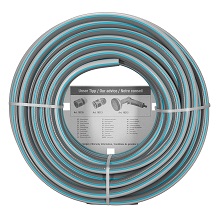
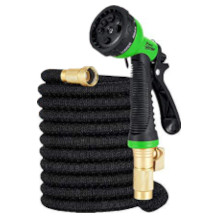
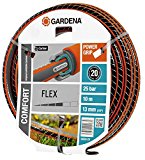
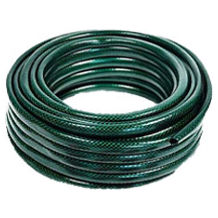
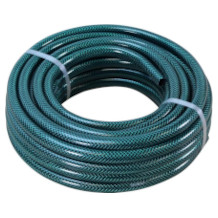
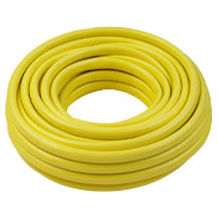
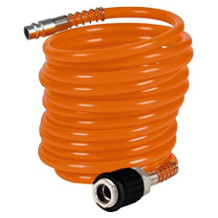

 5,831 reviews
5,831 reviews

